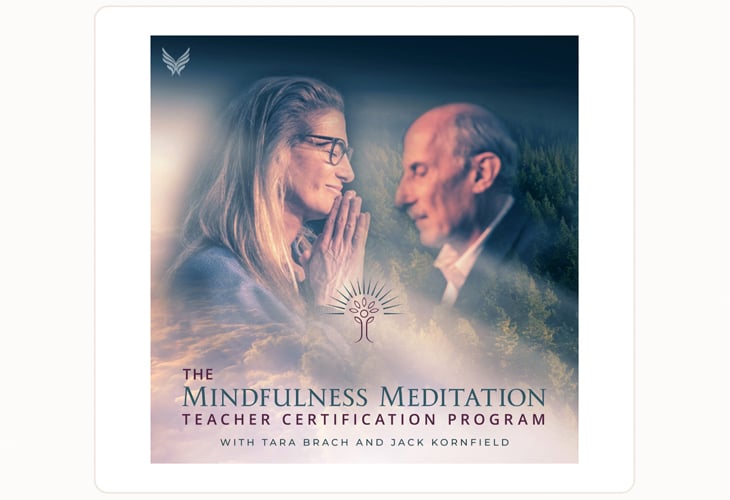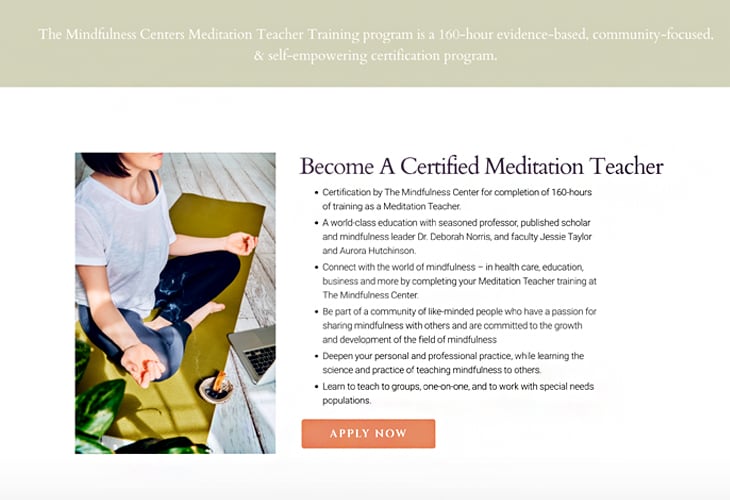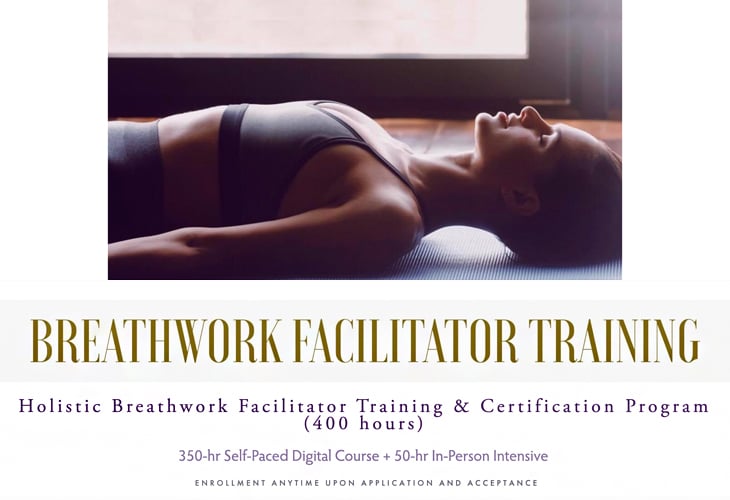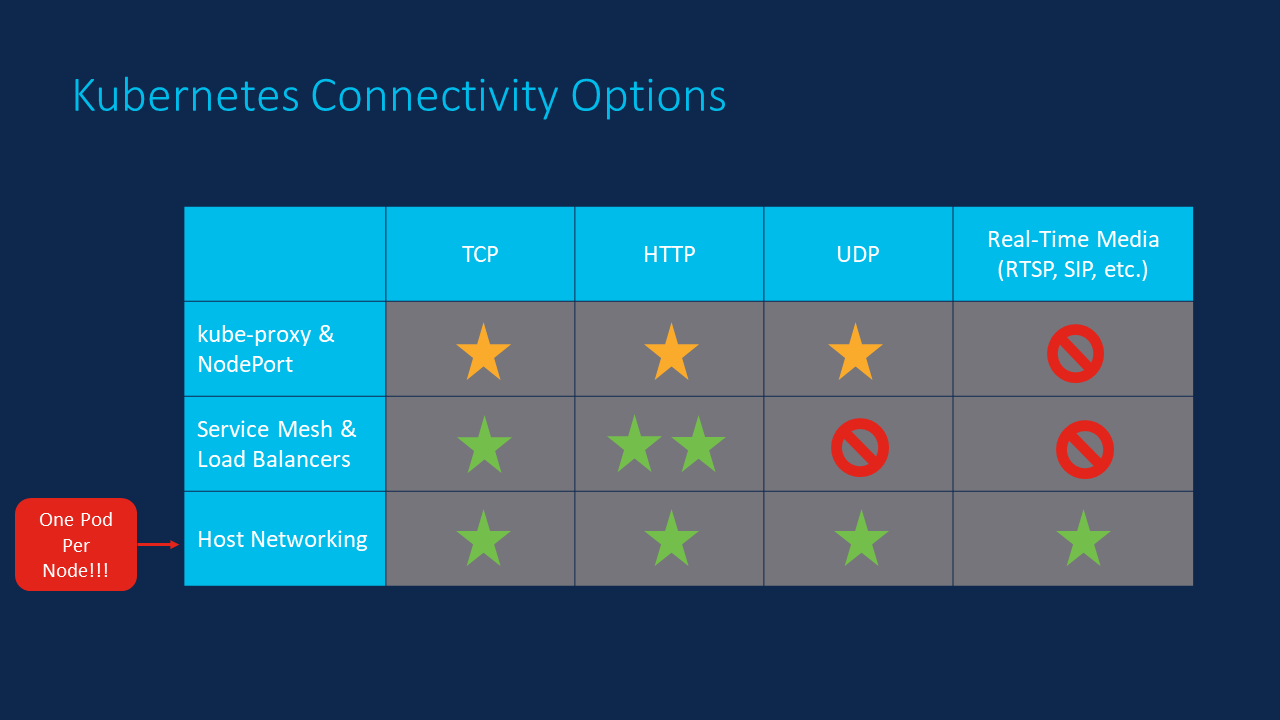CBD has become an increasingly popular topic in the running and endurance world.
Claims range from direct performance improvements to improved recovery and better quality sleep.
But, are any of these claims backed by any research?
Well, that’s what we’re going to dive into in today’s article. We’ll look at…
- The differences between CBD, Hemp and THC
- The research on CBD for inflammation and recovery
- The science on CBD and sleep
- The best types and optimal dosages of CBD if you’re going to try it
Understanding the difference between CBD, Hemp, and THC
Not surprisingly, CBD is often directly associated with marijuana, which has historically resulted in a misunderstanding of how it works and what it does.
So, what exactly is the difference?
CBD is the non-psychoactive compound found in cannabis whereas THC is the psychoactive component found in cannabis.
Something like marijuana will contain both CBD and THC, which results in the “high” typically associated with the drug.
However, the CBD products you see used and marketed to athletes contain only trace amounts of THC (typically under 0.3% or less).
This means it does not result in getting high or feeling any psychoactive effects.
Now, you’ll often hear CBD discussed as or interchanged with hemp.
That’s because hemp is simply a variety of the cannabis plant and it’s usually the one used by CBD makers because it naturally contains only trace amounts of THC.
Research on CBD for Inflammation and Recovery
Now that we understand what exactly CBD is, let’s get into what the research says on how it might be able to help endurance athletes.
A review published in Frontiers in Pharmacology highlighted CBD’s anti-inflammatory properties, suggesting its potential to reduce exercise-induced inflammation and muscle soreness.
By interacting with the body’s endocannabinoid system (ECS), CBD may modulate pain perception and promote faster recovery following intense workouts.
A separate study published in the European Journal of Pain found that CBD applied topically reduced pain and inflammation in rats with arthritis, suggesting its potential for managing exercise-induced soreness in humans.
This is why CBD is often used as a natural way to relieve inflammation compared to using typical anti inflammatory medications.
CBD and Sleep Quality
My personal foray into CBD started as a way to help improve sleep quality and to help relax on nights that I did my workouts in the evening.
Since CBD interacts with the endocannabinoid system, which plays a crucial role in regulating circadian rhythms and sleep-wake cycles, CBD may help synchronize these rhythms, leading to more consistent and restorative sleep patterns over time.
In addition, CBD’s anxiolytic and analgesic properties may help reduce factors that disrupt sleep, such as anxiety.
By alleviating these symptoms, CBD may promote longer periods of uninterrupted sleep, allowing individuals to achieve deeper and more restful restorative sleep stages.
A study published in the Journal of Clinical Pharmacology found that CBD administration was associated with improvements in sleep quality and duration in individuals with insomnia, suggesting its potential as a therapeutic option for sleep disorders.
Furthermore, CBD may promote REM sleep by modulating serotonin levels in the brain, leading to more vivid dreams and improved cognitive processing during sleep.
By enhancing REM sleep, CBD may contribute to overall sleep quality and cognitive performance upon waking.
Finally, because CBD interacts with receptors in the brain involved in stress and anxiety regulation, promoting a sense of calmness and relaxation that can facilitate faster sleep onset.
By reducing racing thoughts and promoting mental tranquility, CBD may help individuals transition more quickly from wakefulness to sleep, shortening the time it takes to fall asleep.
By addressing both the physical and psychological components of sleep onset difficulties, CBD may offer a holistic approach to improving sleep latency.
Finding the right CBD for you
Just like any supplement, the quality of the CBD you choose and your dosage will have a pretty big impact on how it works for you. CBD also has the added decision of how you want to take it – eaten or topical.
Let’s look at all three elements…
CBD Dosage
The specific, efficacious dosage of CBD is probably one of the most difficult things to figure out when first trying CBD.
How your body reacts is going to be completely unique and based on a variety of factors.
Therefore, you should implement a “start low, go slow” strategy by first trying a low dosage (like 10mg) and increasing by 5-10mg per day and monitoring how you feel.
What you’re looking for is an “I feel great” response.
If the dosage is too low, you’ll likely feel wither very little or “good, but I could feel better”. If it’s too high, you’ll likely feel a little woozy, in which case take a step back in dosage.
That’s the reason I recommend Bace Health.
I had tried CBD a few times to help with sleep, but I really struggled with getting the dose right and either didn’t feel anything or basically felt knocked out.
Then I tried their “Discovery Pack” and it was just what I needed.
The Discovery Pack leads you through a 7-day experience for you to find your perfect dose by slowly increasing from 10mg to 50mg.
By allowing me to fine-tune the dose, Bace helped me find the perfect dosage to help me relax and fall asleep at night, even when I train in the evenings.
If you wan to check them out, you can get half off the Discovery Pack, alongside a FREE sample of their balm.
This makes the discovery pack just $12.50, which is a no-brainer if you wanted to try CBD.
Here’s the link to check out the discovery pack: BaceHealth.com/RunnersConnect.
Topical vs. Ingested
Let’s start with topical vs. ingested. In my opinion, topical vs. ingested comes down to your intended use.
Topical will work best if your main goal is pain or inflammation relief in a specific area.
Ingested CBD (in the form of capsules, gummies or drops) will generally be better if your goal is sleep improvement or whole body recovery.
I’ve tried both and I personally like using CBD more for the relaxation and sleep effects so prefer the ingested versions.
CBD quality
Like any supplement, the quality of ingredients and the manufacturing process will make a huge difference in the effects you experience.
There are many ways a company can extract the phytonutrients from the Hemp plant. In my testing, a non-chemical, natural process results in a significantly better experience.
As such, I recommend looking into the extraction process of any CBD product you want to take and make sure it’s as natural as possible.
Many companies also add terpenes to CBD to enhance or add additional, specific benefits.
I haven’t been able to uncover any research on how specific terpenes effect any of the outcomes an athlete would look for (recovery, performance, sleep, etc.), so whether to include them or not is more of a personal choice.
I hope this detailed breakdown gave you a better understanding of what CBD is (and isn’t) and how you might be able to use it.
Honestly, I’d heard about it for years but dismissed trying it out or even researching it due to the stigma.
But, I am happy I dug into the research because it’s been an amazing addition to my nighttime routine on days I train at night and made a huge difference in my sleep and recovery.


























